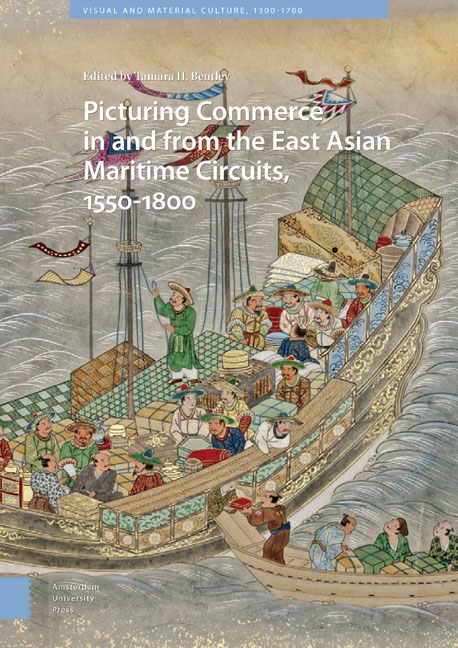1 - People and things in motion: The view from the East
Published online by Cambridge University Press: 25 November 2020
Summary
Abstract
For the merchants involved in early modern maritime shipping in Asia, a central feature of daily life was the repeated crossing from one national, ethnic or financial system to another. The objects loaded onto ships also transformed; on arrival at a new location, commodities were repositioned as they entered new spatial and reception contexts. There is a need for interdisciplinary studies combining an understanding of fluctuating trade routes, merchant networks, port cities, and trade goods themselves. Export ceramics, lacquerwares, textiles, and prints are all touched upon. It is argued that the impact of the early modern East Asian trade circuits has been underestimated, and that before 1800 we cannot place a single world economic center of gravity in Europe.
Keywords: early modern trade; East Asian trade routes; hybrid aesthetics; merchant
networks; porcelain; textiles
A year ago, despite the dangers of the trip, Naya Sukezaemon had ventured from Sakai, Japan to the Philippines to acquire costly old brown-glazed Chinese tea jars. He was proud to think of his success selling these Luzon jars to collectors and to Toyotomi Hideyoshi—the political and military leader—for the tea ceremony. Now it was 1594, and he was back on the Philippine island of Luzon, acquiring wax for candles and for sealing ships, musk for perfume, and Chinese umbrellas. He knew many other Japanese merchants who used Latinized names when conducting exchanges under the supervision of the Spanish there—any number of them went by Eduardo or Pedro. There was even a Balthazar. He had acquaintances who had received “red seal” authorizations from Hideyoshi to travel as far as Southeast Asia. Little did he know he would eventually end up there himself.
It was in 1769 that Tan Chitqua had first arrived here, in London, on the ship Horsendon, having given up his clay portrait shop near Canton. He had thought he might establish a profitable business here, but somehow it was not the prosperous life he had imagined. The weather was getting him down. Not that he hadn't met with some success—he had made contacts among well-to-do patrons. He had exhibited some of his sculptures at the Royal Academy of Arts in 1770, and met a broad range of artists who belonged to the Academy; several of them had asked with ethnographic curiosity if they could draw or paint his portrait.
- Type
- Chapter
- Information
- Publisher: Amsterdam University PressPrint publication year: 2019



